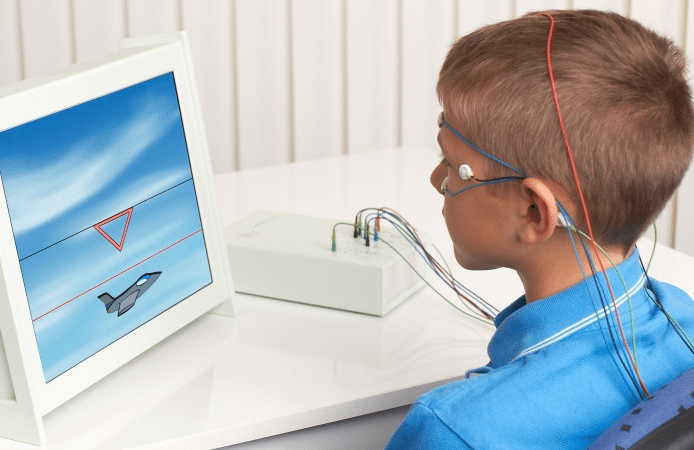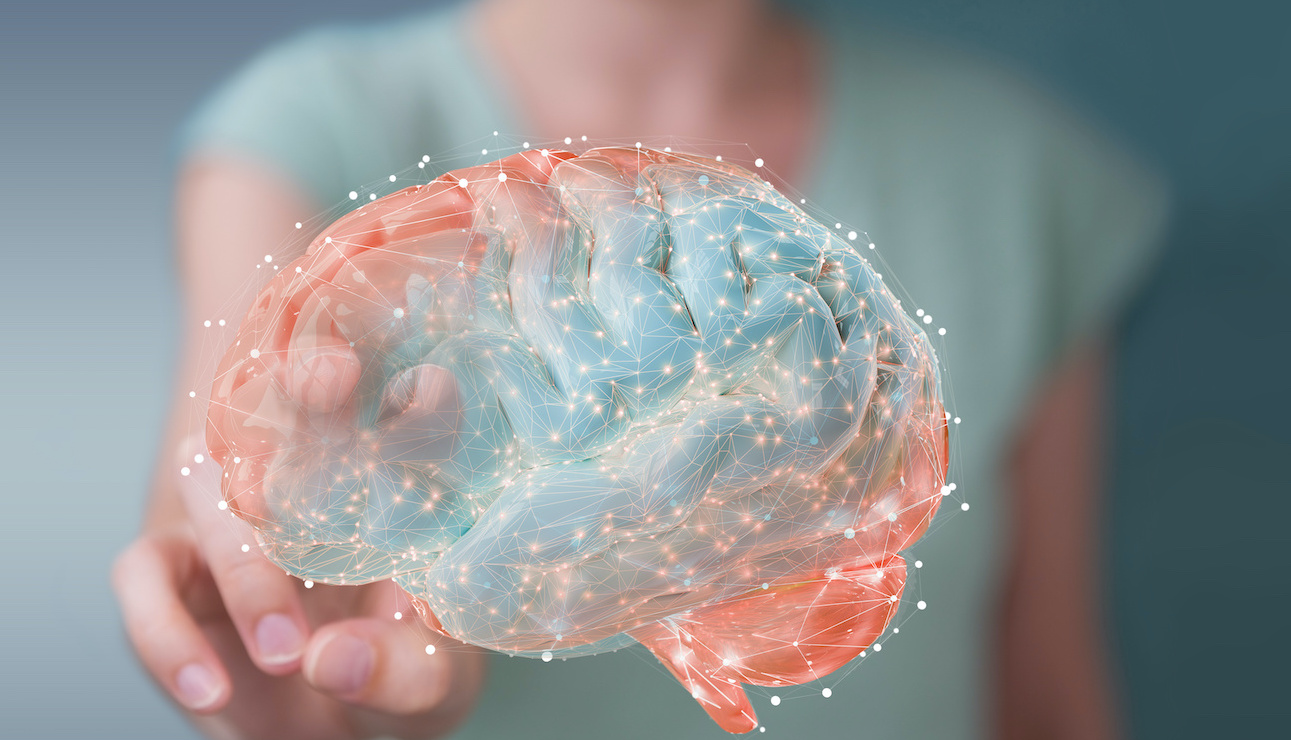What is neurofeedback?
The brain is a very complex organ and the activity within the brain determines everything that humans feel and do. Oftentimes, brain imbalances result in emotional, behavioral, social, and physical concerns. The typical “go to” treatment to address these brain imbalances has been medication. Medication is a great way to treat the chemical imbalances in the brain by directly affecting neurotransmitters. But, what about the electrical imbalances in our brain? This is where neurofeedback comes in.
Neurofeedback is a way to train the electrical impulses within our brain. It is a non-invasive form of biofeedback that teaches the brain to function with optimal brainwave patterns. It is like physical exercise for the brain, strengthening its ability to regulate activation patterns and neural pathways. This can lead to improvements in concentration, relaxation, activities of daily living, and overall state of mind.
How does it work?
Neurofeedback begins with a brief evaluation utilizing a clinical interview, rating scales, and an EEG assessment. The EEG assessment involves placing sensors on the scalp to measure the activity going on underneath. With this information, a targeted, individualized protocol is created to help train your brain into a comfortable, efficient state.
The neurofeedback training sessions begin by having electrodes placed on the scalp to read brainwave activity. Nothing is going in or out of the electrodes. They are simply measuring what goes on beneath, similar to the way a stethoscope measures heartbeat.
When the brainwaves are functioning within a predetermined threshold, a reward is provided to reinforce these more optimal brainwave patterns. The reward is typically a particular sound or visual stimuli provided through a ‘game’ on the computer. For example, many individuals choose to watch a movie. When the brainwaves are functioning within the limit that it set, the movie is clear. However, as soon as the brainwaves exceed the limit, the movie becomes cloudy, which is the signal to the brain that it needs to adjust.
Neuroplasticity, the ‘muscle building’ part of the brain, strengthens these new, more optimal connections, resulting in numerous positive benefits. This process occurs unconsciously, so all you have to do is sit back, relax, and your brain will learn. Over time, the brain learns to self-regulate and these benefits generalize to everyday life.
What does it treat?
Neurofeedback has been used to treat a variety of different symptoms, including those associated with ADHD, anxiety, depression, sleep challenges, PTSD, concussions, migraines, and more.
Check back for future posts in the neurofeedback blog series to learn more. In the meantime, watch this short YouTube video to familiarize yourself more with neurofeedback.







